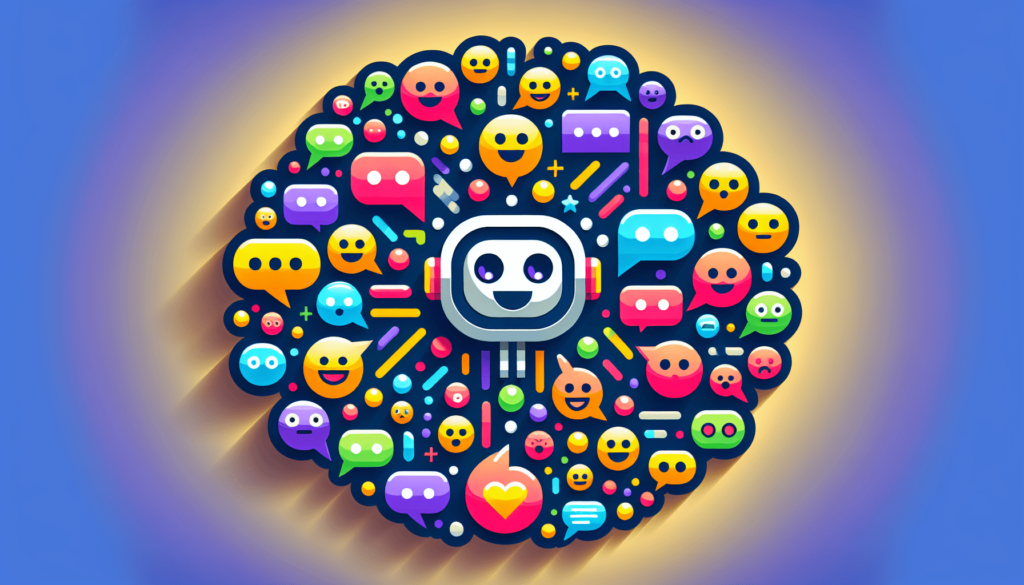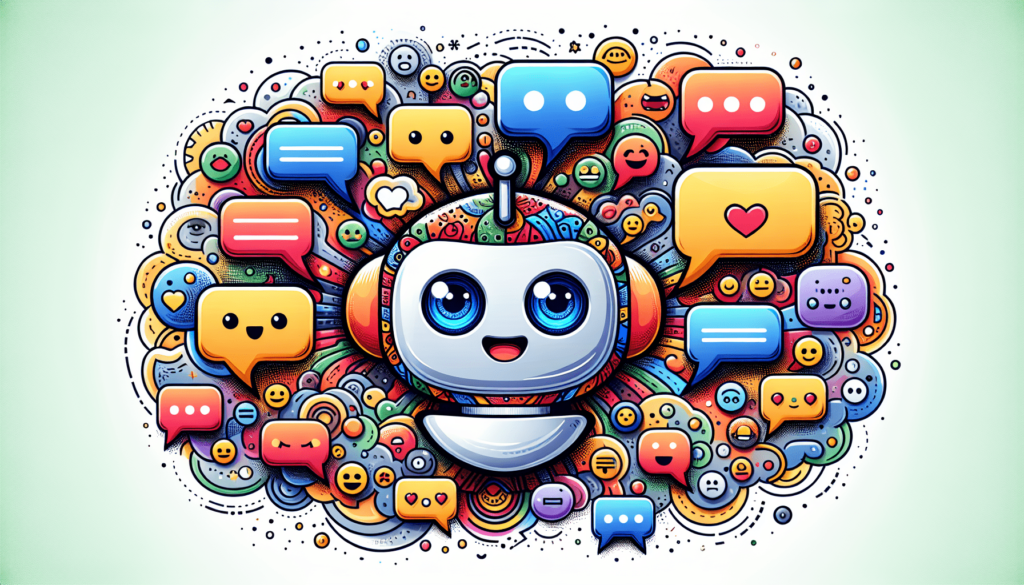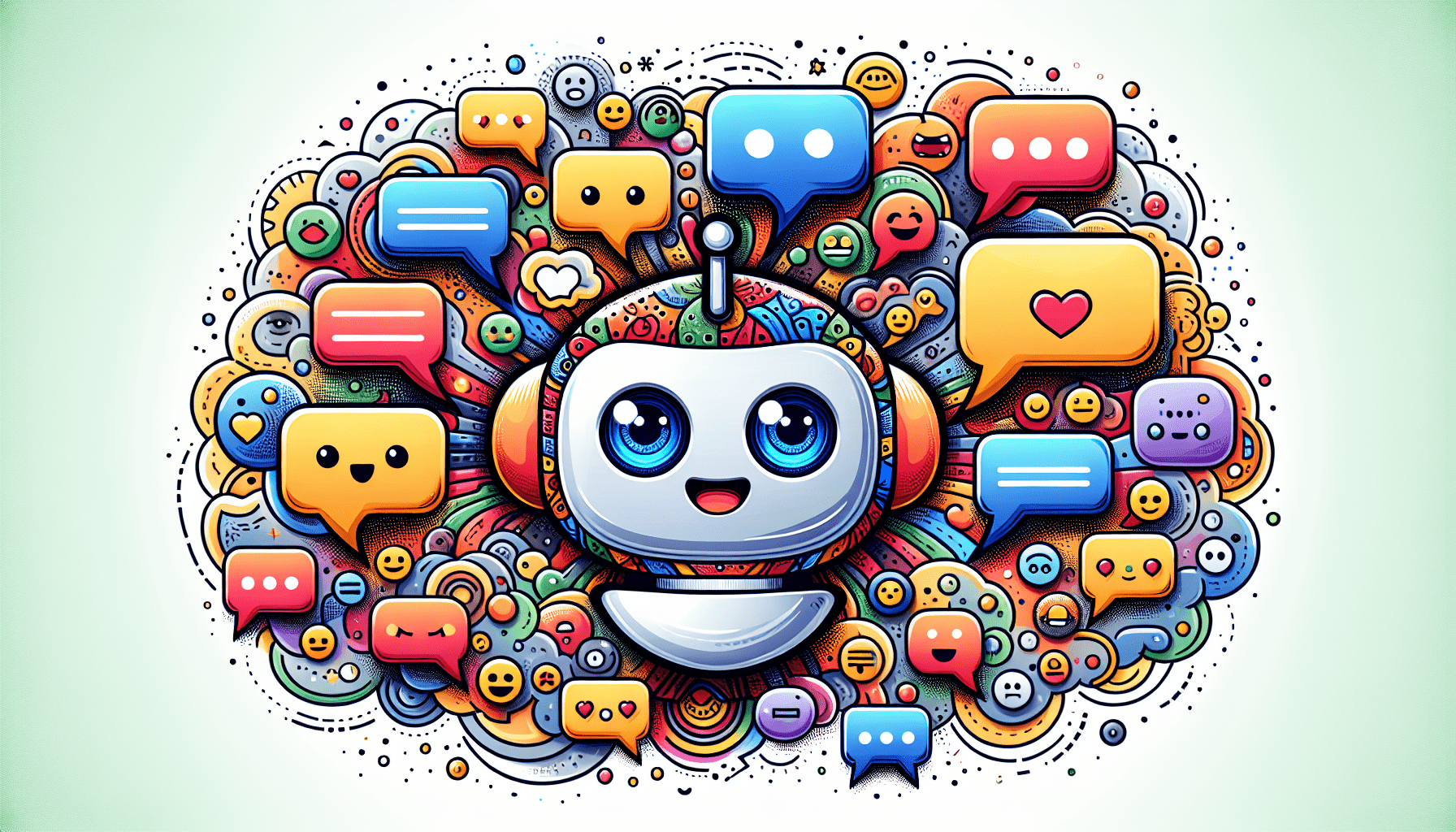Welcome to a guide on how to create engaging conversations for your chatbot! In this article, you will learn the importance of providing interesting and interactive prompts for your chatbot to keep your users engaged. By utilizing personalized and relevant prompts, you can enhance the overall user experience and encourage meaningful interactions with your chatbot. Stay tuned to discover some helpful tips and tricks on crafting engaging conversations for your chatbot. What is a good prompt for a chatbot?
Prompting your chatbot effectively
When creating a chatbot, one of the most crucial elements to consider is the prompt used to engage users in a conversation. A good prompt should be clear, concise, and able to elicit a response from the user. But how do you ensure that your chatbot prompts are engaging enough to keep users interested? Let’s dive into some tips on how to create engaging conversations for your chatbot.
Understand your audience
Before you start crafting prompts for your chatbot, it’s important to understand your audience. Take some time to analyze your target demographic, their preferences, behaviors, and pain points. This will help you tailor your prompts to resonate with your users and make the conversation more engaging.
Keep it conversational
When creating prompts for your chatbot, it’s essential to keep the tone conversational. Avoid using complex jargon or formal language that may alienate your users. Instead, opt for a friendly and approachable tone that encourages users to participate in the conversation.
Use personalized content
Personalization is key when it comes to creating engaging chatbot conversations. Incorporating personalized content based on user preferences, past interactions, or demographics can make the user feel more connected to the chatbot. This can help increase engagement and drive meaningful interactions.
Ask open-ended questions
One effective way to keep users engaged in a conversation with your chatbot is to ask open-ended questions. These types of questions encourage users to provide more detailed responses, leading to a more interactive and engaging conversation. Avoid asking yes/no questions, as they may limit the conversation and make it less interesting for users.
Provide guided choices
While open-ended questions are great for sparking conversations, it’s also essential to provide users with guided choices to keep the conversation flowing smoothly. By offering users a set of options to choose from, you can guide the conversation in a specific direction while still allowing for user input and engagement.
Crafting engaging chatbot responses
Creating engaging chatbot responses is just as important as crafting effective prompts. Your responses should be informative, helpful, and tailored to the user’s needs. Here are some tips on how to create engaging responses for your chatbot.
Be concise and to the point
When responding to user queries or prompts, it’s crucial to be concise and direct. Avoid using unnecessary words or information that may confuse the user. Keep your responses clear, relevant, and focused on addressing the user’s needs.
Use emojis and GIFs
Emojis and GIFs can help add a sense of personality and emotion to your chatbot responses. Incorporating these visual elements can make the conversation more engaging and fun for users. Just be sure to use them sparingly and appropriately to enhance the user experience without overwhelming them.
Provide helpful information
Above all, your chatbot responses should be informative and helpful to users. Ensure that your responses address the user’s query or concern effectively and provide relevant information or solutions. This will help build trust with users and keep them engaged in the conversation.
Offer options for further interaction
To keep users engaged and encourage further interaction with your chatbot, consider offering options for users to explore additional content or features. This could include inviting users to ask more questions, providing links to related resources, or suggesting next steps for them to take.
Incorporate humor and personality
Adding a touch of humor and personality to your chatbot responses can make the conversation more enjoyable for users. Consider infusing some light-hearted jokes, witty remarks, or playful banter into your responses to keep users entertained and engaged. Just make sure to maintain a professional tone and avoid anything that could be perceived as offensive.

Implementing user feedback for continuous improvement
Feedback from users is invaluable when it comes to improving your chatbot’s engagement and effectiveness. Actively seeking and incorporating user feedback can help you identify areas for improvement, enhance user satisfaction, and drive better interactions. Here are some tips on how to implement user feedback for continuous improvement of your chatbot.
Use surveys or polls
One effective way to gather user feedback is by using surveys or polls to collect insights from your users. You can create short surveys or polls that ask users about their experience with the chatbot, what they liked or disliked, and any suggestions for improvement. Analyzing this feedback can help you make informed decisions on how to enhance your chatbot’s performance.
Monitor user interactions
By closely monitoring user interactions with your chatbot, you can gain valuable insights into user behavior, preferences, and pain points. Pay attention to how users engage with the chatbot, the types of queries they ask, and where they may be encountering challenges. This data can help you identify areas for improvement and tailor your chatbot’s responses accordingly.
A/B testing
A/B testing involves testing different variations of your chatbot’s prompts, responses, or features to see which performs better with users. By conducting A/B tests, you can gather data on what resonates most with your audience and make data-driven decisions on how to optimize your chatbot for engagement and effectiveness.
Act on feedback promptly
When users provide feedback on your chatbot, whether positive or negative, it’s crucial to act on it promptly. Address any issues or concerns raised by users, implement suggested improvements, and communicate changes to users to show that you value their feedback. This proactive approach can help build trust with users and demonstrate your commitment to providing an engaging chatbot experience.
Conclusion
Creating engaging conversations for your chatbot is essential for driving user engagement, building rapport, and delivering a positive user experience. By understanding your audience, crafting effective prompts and responses, and implementing user feedback, you can continuously improve your chatbot’s engagement and effectiveness. Remember to keep the conversation conversational, personalized, and informative to make the user experience enjoyable and meaningful. By following these tips and best practices, you can create a chatbot that keeps users coming back for more engaging conversations.

